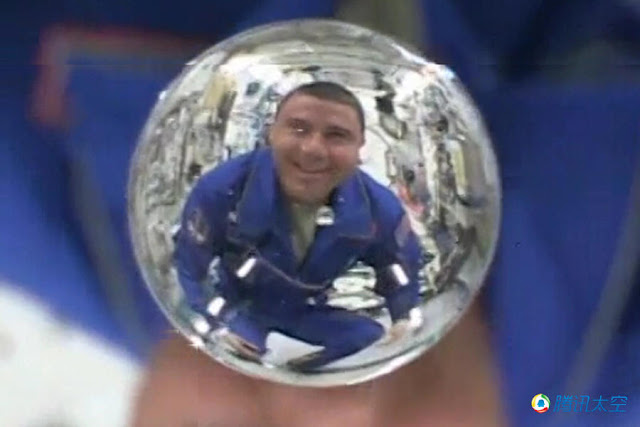For thousands of years, Mars has been at the center of the human imagination, Fengyun red planet sparked boundless fantasy. NASA recently released a nine-related science and technology and Mars, which are classified as living module first place, after all, survive on Mars, we first need a stable and safe living environment, so NASA Mars base in nine Mars science and technology of the most important position.
The second Mars technology for plant farm, the international space station astronauts need to recharge through cargo spacecraft, the Mars base if put into use, the astronauts will not be able to obtain supplies of materials from the earth. Even with the spacecraft arrived at Mars on a regular basis, also we need to fly a long nine months, so the astronauts on Mars needs a stable source of food, which would grow fruits and vegetables. Materials supply in order to meet the needs of astronauts on Mars.
In the absence of the river surface of Mars, astronauts need to use the water system to provide liquid water for themselves. Currently all of the water on the International Space Station have been recycled, such as the evaporation of sweat astronaut, tears, urine, and even be recycled. For the astronauts, the equivalent to yesterday's coffee into a coffee tomorrow. NASA has developed a recycled water system for future human exploration of deep space missions.
The fourth largest technology oxygen equipment. The three elements of human existence must be oxygen, water, and place of residence, of course, food. Under no circumstances can maintain food a few days, once the lack of oxygen, just a few minutes did not survive. NASA on the International Space Station to test the oxygen system, which can produce a lasting and effective oxygen. The system uses the electrolysis process, to prepare oxygen. NASA also has a more ambitious plan, trying to make the Martian atmosphere filled with oxygen.
Indispensable on Mars spacesuit, astronauts otherwise unable to walk on the surface of Mars. NASA Mars spacesuit currently being developed, will be used for the first batch of astronauts landing on Mars. The new astronauts focus reflects the flexibility and durability, aerospace engineers used advanced composite materials manufacturing technology, wear it more flexible. Indeed dust the surface of Mars is the biggest problem, can affect the spacecraft internal environment, thus new spacesuits need cleaning more convenient.
NASA's Mars rover Mars is still a masterpiece of technology, future rovers can carry astronauts to Mars to reach more remote areas. Apparently NASA will not allow astronauts to walk on foot on the Martian surface, such vehicles will be brought to the rover on Mars. Future manned rover will be a reliable, flexible design goals, so the astronauts to go further.
Ion propulsion is an important scientific and technological achievements of NASA Glenn Research has developed a next-generation neutron ion propulsion, which can be used in future exploration of Mars. Scientists believe that ion propulsion is the main driver of interplanetary flight, the speed can reach 200,000 miles per hour, the speed even more alarming. Currently Dawn spacecraft has achieved practical use ion propulsion to help mankind detector arrival Ceres.
After landing on Mars, the main energy using solar panels to provide, no plants, almost no wind, the surface of Mars, and only solar energy is cheap energy. In nuclear power is so advanced age, is still the preferred solar panels to help reduce the risk of Mars base energy. Currently solar panel technology is very mature, it can be used for large-scale use of the Mars base.
Radioisotope thermoelectric generator is a new type of energy, its energy from the decay of plutonium-238. In the past few decades, NASA has been using radioisotope thermoelectric generators, such as curious number. Scientists also worry about the nuclear battery leaks, and therefore more secure and efficient nuclear battery will serve as a key energy Mars Base.









No comments:
Post a Comment